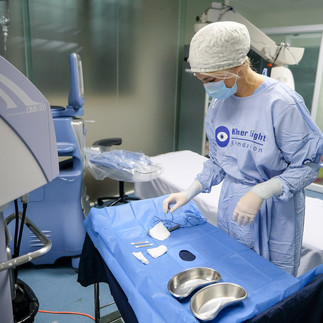The Fujifilm X Pro 2 and 3 are similar cameras but have some major differences. In this post, I will compare and contrast these two models and help you decide which one is best for you.

The Fujifilm X Pro 2 was released in 2016 as the successor of the X Pro 1. It features a 24.3 megapixel APS-C X-Trans CMOS III sensor, a hybrid optical/electronic viewfinder, a 3-inch LCD screen, dual SD card slots, and a weather-sealed body. It also has a retro design that resembles a rangefinder camera.
The Fujifilm X Pro 3 was launched in 2019 as the latest iteration of the X Pro series. It has a 26.1 megapixel APS-C X-Trans CMOS IV sensor, an improved hybrid optical/electronic viewfinder, a hidden 3-inch LCD screen that flips down to reveal a sub-LCD screen with basic settings, a single SD card slot, and a more durable titanium body. It also has a more minimalist design that emphasizes the viewfinder experience.

Some of the major differences between the X Pro 2 and 3 are:
- Sensor: The X Pro 3 has a newer and slightly higher resolution sensor than the X Pro 2. This means it can capture more detail and perform better in low-light situations. The X Pro 3 also has a faster autofocus system and a higher burst rate of 11 frames per second compared to the X Pro 2's 8 frames per second.
- Viewfinder: The X Pro 3 has an enhanced hybrid viewfinder that can switch between optical and electronic modes with a lever. The optical mode offers a clear and natural view of the scene with parallax correction and frame lines, while the electronic mode offers a live preview of the exposure and other settings. The X Pro 3 also has a higher resolution electronic viewfinder than the X Pro 2 (3.69 million dots vs 2.36 million dots).
- Screen: The X Pro 3 has a hidden LCD screen that is only visible when flipped down. This is meant to encourage users to focus on the viewfinder and reduce distractions from the screen. The X Pro 3 also has a sub-LCD screen on the back that shows basic settings such as aperture, shutter speed, ISO, and film simulation mode. The X Pro 2 has a conventional LCD screen that is always visible and can be used for live view, playback, and menu navigation.
- Body: The X Pro 3 has a more durable body than the X Pro 2. It is made of titanium instead of magnesium alloy and has four colour options: black, silver, dura black, and dura silver. The Dura versions have a scratch-resistant coating that adds to the longevity of the camera. The X Pro 3 is also slightly lighter than the X Pro 2 (497 g vs 495 g).
I own and use both of these cameras and enjoy using them but my favourite it has to be said is the X Pro2, it just works for me.
***Problems with the sub-monitor screen on the X Pro3***
The Fujifilm X Pro3 is a unique camera that features a hidden LCD screen and a sub-monitor screen on the back. The sub-monitor screen is an eInk display that shows the shutter speed, aperture, and sensitivity settings, or a film simulation icon. The sub-monitor screen is designed to mimic the memo holders that were used on film cameras and to encourage users to focus more on the viewfinder and less on the LCD screen.
However, some users have reported problems with the sub monitor screen on the X Pro3, such as:
- The screen flickering or turning off randomly
- The screen showing incorrect or outdated information
- The screen is hard to read in bright or dark conditions
- The screen is scratched or damaged easily
These problems can be frustrating and affect the user experience of the X Pro3. Fortunately, there are some possible solutions or workarounds for these issues, such as:
- Updating the camera firmware to the latest version
- Adjusting the sub-monitor settings in the menu
- Cleaning the sub-monitor screen with a soft cloth
- Protecting the sub-monitor screen with a screen protector
- Turning off the sub-monitor screen if not needed
The sub-monitor screen on the X Pro3 is a novel and interesting feature that sets it apart from other cameras. However, it is not without its flaws and limitations. Users who encounter problems with the sub-monitor screen should try some of the suggestions above, or contact Fujifilm customer service for further assistance.













Комментарии